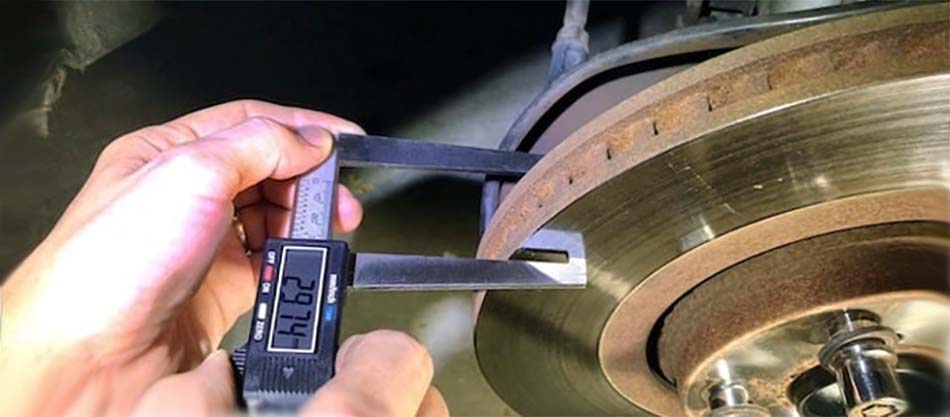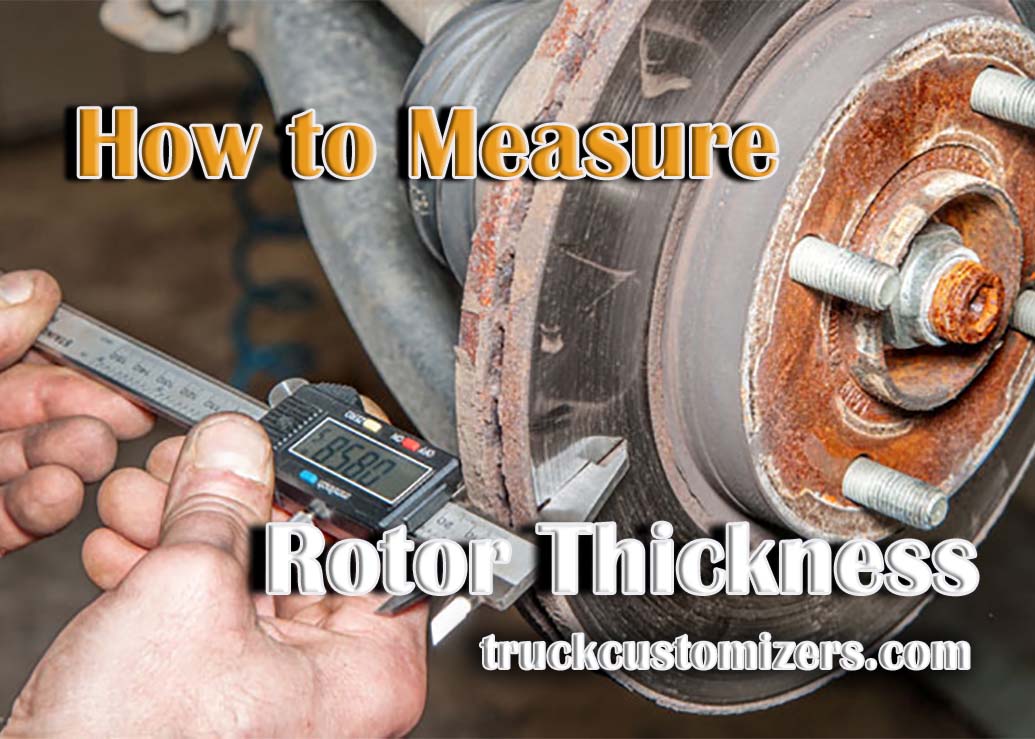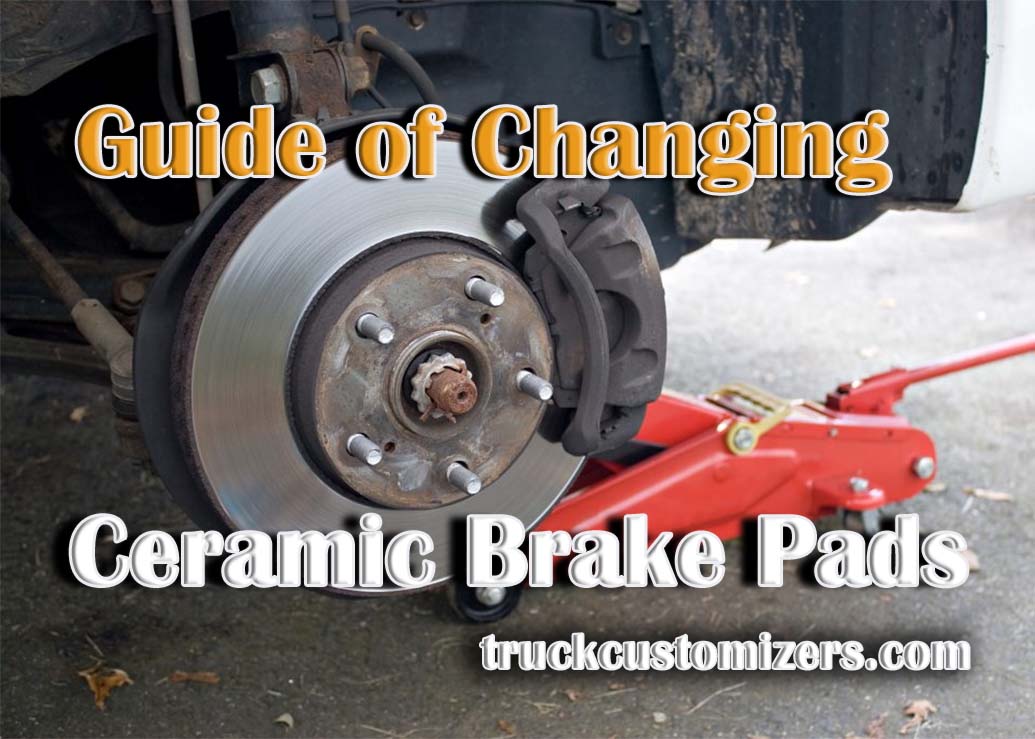Rotor thickness is a measurement that is taken in order to determine the wear of brake rotors on a vehicle. It involves the thickness of the metal disc that forms part of the rotating assembly within a brake system and serves as an indicator of how much life it has left before it needs to be replaced. The rotor thickness should be measured and monitored regularly in order to ensure proper functioning and safety while driving. Hence, understanding how thick should rotors be is essential in maintaining the safety standards and efficient performance of your vehicle.
Why Properly Measuring Rotor Thickness is Important
The rotor thickness needs to be properly measured in order for the brakes on your vehicle to function correctly. If the rotor is too thin, then it will not be able to stop your vehicle with enough force and can lead to premature wear or even failure due to overheating. Additionally, if it is too thick, then it can cause excessive drag which will reduce fuel efficiency and create more strain on other components such as your brakes and tires. Taking accurate measurements will help you get an accurate understanding of when rotors need replacing or resurfacing in order for your brakes system to function optimally with minimal risk or damage from failure or wear-and-tear.

Tools Needed for Measuring Rotor Thickness
In order to properly measure the rotor thickness, you will need a micrometer or caliper. A micrometer is a precision measuring instrument that can be used to measure the thickness of metal objects with great accuracy. The caliper is another type of measuring device and can also be used to take accurate measurements of rotor thickness.
Instructions for Measuring Rotor Thickness
The following steps should be taken in order to accurately measure rotor thickness:
-
Remove the wheels from your vehicle and make sure that the rotors are completely exposed.
-
Inspect both sides of each rotor for any visible signs of wear, such as grooves or discoloration, which could indicate excessive wear or other issues that might need to be addressed first before taking measurements.
-
Place either a micrometer or caliper onto one side of the rotor and carefully adjust it so that it is securely in place and is not slipping off during measurement taking (for best results use an electronic digital display).
-
Slowly move the tool around in a circular motion while taking readings at multiple points on both sides of the rotor until you have taken enough readings over its entire surface area (typically 8-10 readings should suffice).
-
Record each of the readings on a piece of paper and average them out to get your final rotor thickness measurement.
Tips for Accurate Rotor Thickness Measurement
Here are some additional tips to help ensure that you get an accurate rotor thickness measurement:
-
Always use a new micrometer or caliper when taking measurements. Old or worn tools can give inaccurate readings and throw off your final results.
-
When measuring the rotor thickness, try to avoid placing the tool too close to any ridges or grooves in order to get more precise readings.
-
Make sure to clean off any dirt, dust, or debris from both sides of the rotor before taking measurements in order to reduce any potential interference with reading accuracy.
-
If possible, try using two different types of measuring tools (such as a micrometer and caliper) when taking readings in order to validate results and account for any potential variability between them.
Conclusion
Taking accurate measurements of brake rotor thickness is important in order for your vehicle’s brakes system stay functioning properly and safely. It is recommended that you measure rotors regularly and replace them if needed so that you can enjoy optimal performance and safety while driving. By following the steps outlined above, along with the tips provided, you should be able to take accurate measurements of rotor thickness every time with minimal effort or difficulty.



